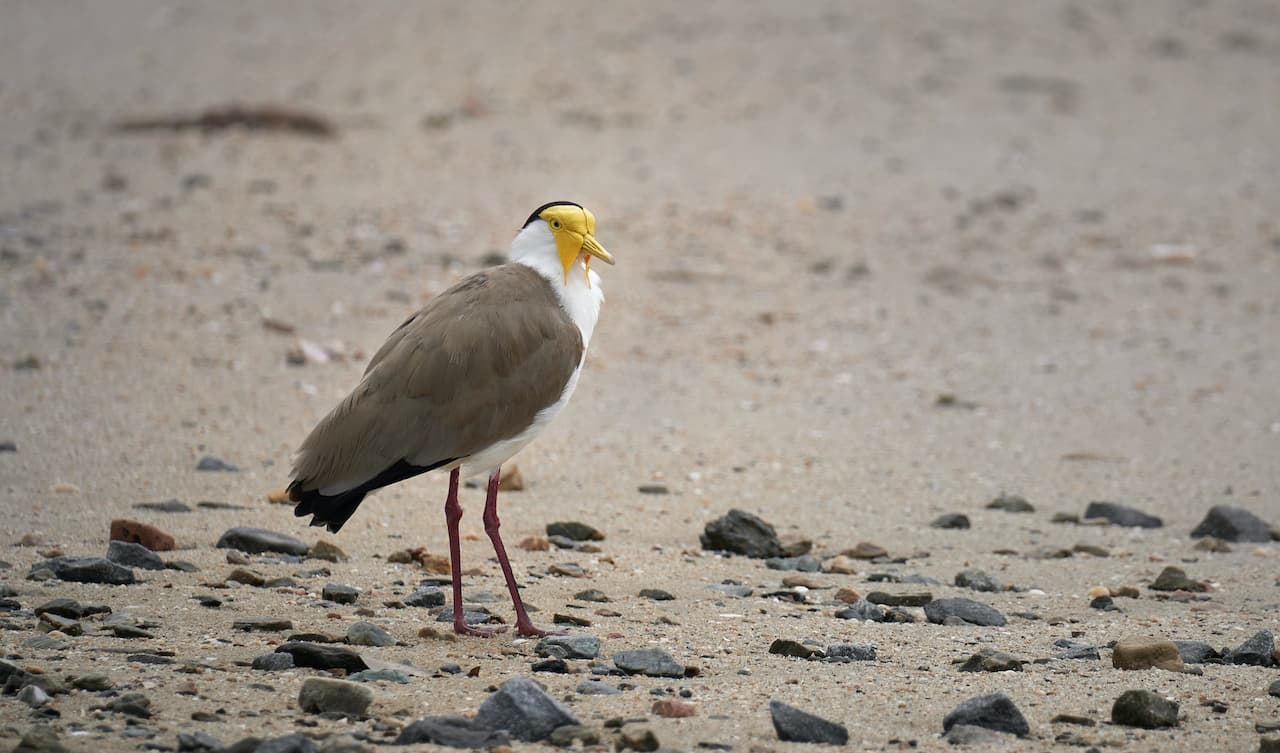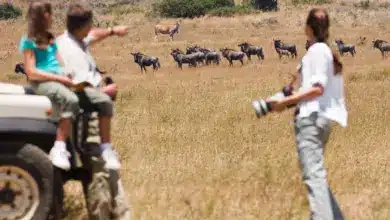Ultramarine Flycatchers
The Ultramarine Flycatchers Ficedula superciliaris breeds in the foothills of the Himalayas and winters in southern India.
Distribution / Range
Summer: Common breeding visitor to the western Himalayas, from Kohat in NWFP, Pakistan east through Kashmir to Uttaranchal (western race), and intergrading with in Nepal with the eastern race aestigma which continues in the eastern Himalayas through Bhutan to Arunachal Pradesh to Tibet.
Breeding between 2000-2700m, occasionally as low as 1800 and as high as 3200m. Also in the lower hills of Meghalaya and Nagaland, Khasi and Cachar hills, sometimes considered a third race; winter movements of this population is not known.
Preferred Habitat: Open, mixed forests of oak, rhododendron, pine, fir, etc., occasionally orchards.
Winter: Central India from Delhi south to northern Maharashtra, Goa, northern Maharashtra, and westward to Andhra Pradesh and Orissa. Wintering populations in the eastern states, possibly from Nepal/Sikkim, are mixed: a good part of this population also have white supercilium and basal tail patches (see description below).
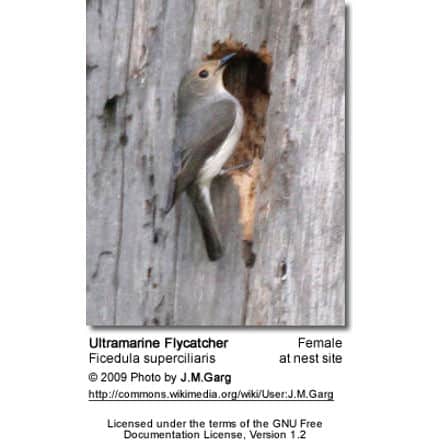
Description
The race that breeds in the Western Himalayas has a distinctive white supercilium (line above eye) and white bases to the outer tail feathers.
The race aestigma from the Eastern Himalayas lacks a distinct supercilium (line above eye) and the white bases to the outer tail feathers.
The populations from the South Assam hills sometimes referred to as the race cleta completely lack any supercilium.
The amount of white on the brow and tail show clinal variation from West to East along the Himalayan foothills.
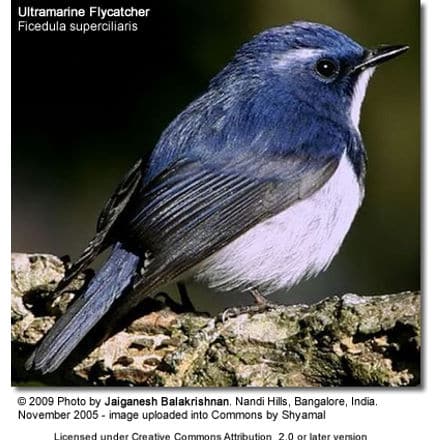
Breeding / Nesting
The breeding season is in the middle of April to early July. The nest consists of a soft structure of fine moss with some strips of bark and fine grass, lined with hair and rootlets. The nest is placed in holes or clefts in trees, at heights up to seven meters, or in a depression on a steep bank. Readily takes to nest boxes in hill station gardens.
Eggs: 3 to 5, usually 4, olive greenish to dull stone-buff, densely freckled all over with reddish brown, or in another type, mostly around the large end, forming a cap. Average size 16×12.2 mm.
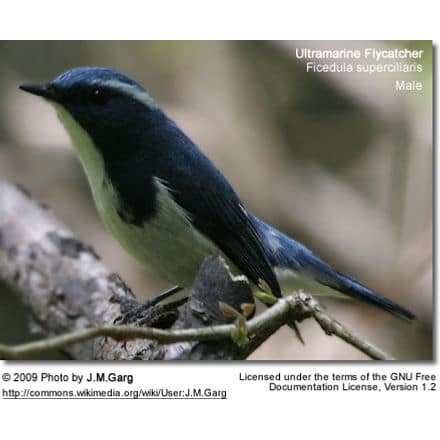
Diet / Feeding
They normally choose dark spaces below the canopy in dense forest to forage for insects.

